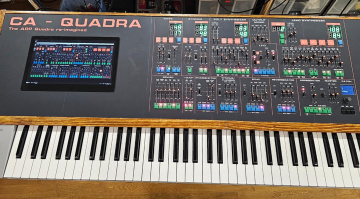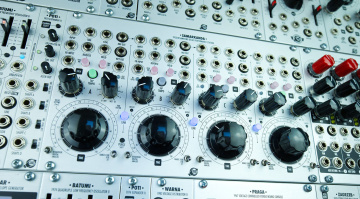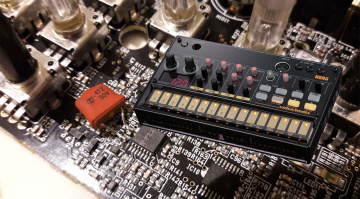Cherry Audio Emulations in Reverse and Another Monster Synth from France! – Synth Journal
Software versions of hardware synths are commonplace these days, but it is rare to see it happen in reverse. Check out the two Cherry Audio synths that have been reverted back to hardware!
Synth Journal
Cherry Audio-Based Synth Controllers
I’m old enough to remember a time when software synths didn’t exist, when hardware ruled the roost, and when making music using a computer simply meant MIDI sequencing. Now, entire albums are made on laptops and tablets, with the only hardware in sight being the aforementioned laptop or tablet.
It’s been an interesting time, watching software synths evolve into more than adequate hardware replacements in many cases. Those early emulations that struggled to run on our home computers have turned into slick, sleek and powerful creative tools.
We could only dream of a world where we could have Fairlight’s, Synclavier’s, CS-80’s and almost every hardware synth ever in software. So why on earth would anyone try to go against the unyielding tide and create a hardware version of a classic synth using this software?
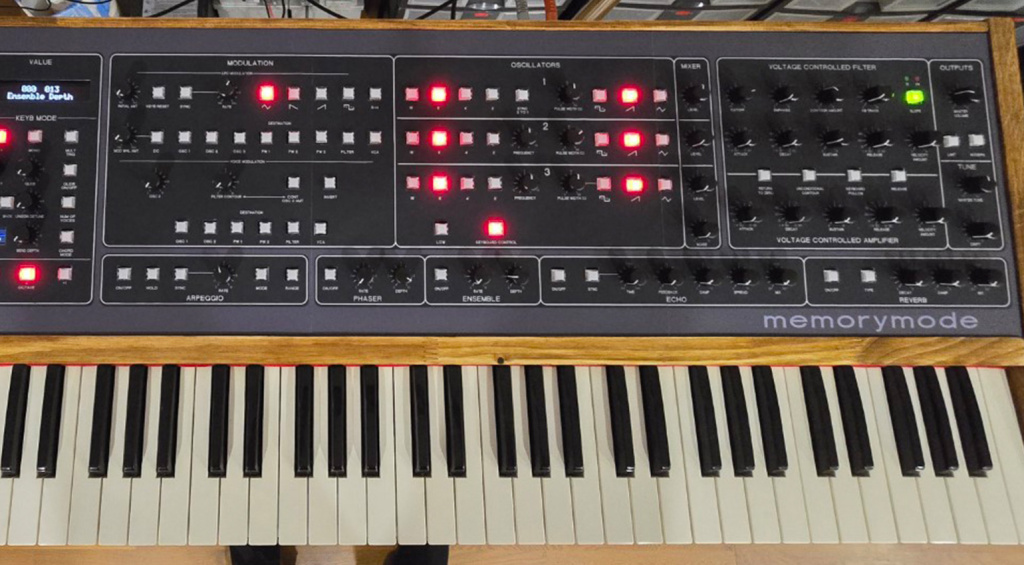
Well, I guess it’s a case of, if you can, why not? One thing software synths can’t emulate is the hands on experience. Numerous companies have tried to produce universal controllers, but they always fall some way short. That is, unless you make a specific controller for a specific synth! And that’s exactly what Craig Barnes has done!
Using a combination of his programming skills and some excellent cabinet making, he has created physical hardware editors for two Cherry Audio soft synths, the Quadra and the Memorymode. Each unit features a small PC running Windows and the plug-in, with a knob-per-function interface controlled by a Teensy 4.1 board.
This board, along with a collection of other pieces of electronics gubbins, can then send the right messages to control the entirety of each synth. Using ChatGPT to reverse engineer the Cherry Audio patches, Craig was able to get his patch editor to understand them, so he could recreate many of the Cherry Audio presets.

Don’t expect to see these in any form of production, either from Craig or Cherry Audio, but if you feel that way inclined, you can check out Craig’s Github pages for both projects here and here. If you manage to create your own controllers, do let us know via the comments!

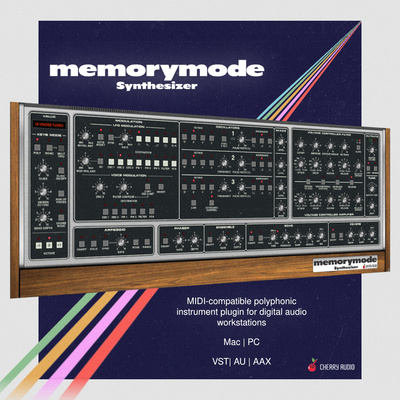


SYNTHR10
Sticking with the theme of hand-built synths, we come to the SYNTHR10, from French designer Remy Wasselin, aka SYNTHR. Following on from previous creations, such as the semi-modular SYNTHR3 and the paraphonic SYNTHR4, the SYNTHR10 is a full-on, 10-voice polyphonic analogue synth.
With two 5-voice cards, using two SSI2130 VCOs per voice, a SSI2140 lowpass filter and a AS3320 multimode filter, the architecture has drawn some comparisons with the legendary Sequential Prophet-10, which is fair, but this is not entirely fair. The SYNTHR10 is very much its own thing.
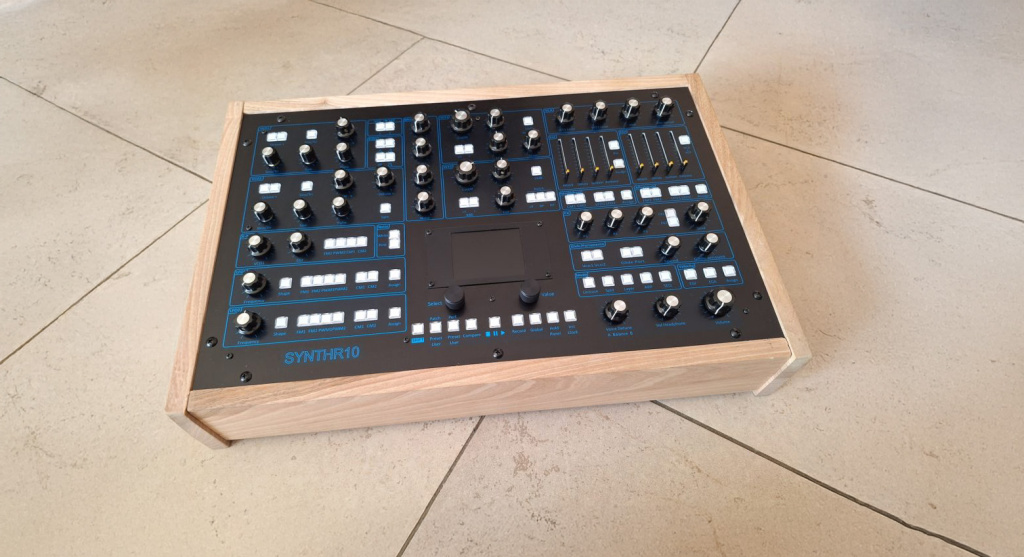
It’s been a while in development, but customers are now able to order one themselves, bearing in mind that each unit will be hand-built in France by the designer. But get in quick. The SYNTHR10 production run is currently set to five units!
The SynthR10 is available to order now for €3,990 direct from the SynthR website.
Tubbutec Drummertime 1U Step Sequencer
When Roland came up with what we now refer to as the x0x style of sequencer, they couldn’t have known how ubiquitous that 16-step row of chunky buttons would become. It doesn’t matter how you try and adapt that configuration, whether it’s 4×4 or 2×8, the 1×16 layoout is what the vast majority of people favour.
Tubbutec have recognised this with their new module, Drummertime. Designed with live use in mind, it allows for switching between modes without losing sync. Program, play, mute and randomise your drum patterns on the fly using the eminently familiar x0x interface.
They’ve made it in two different form factors. There’s a useful standard 1U, 74HP single unit, or you can have a 1U 60HP controller with the instrument outputs built into a 3U, 4HP module. That’s a very cool way of supporting different users requirements.
You can send drum triggers out via the 8 individual outputs or via MIDI, again making the Drummertime very flexible. Aside from the rugged build quality, Drummertime is packed with different modes for all kinds of live and studio-based fun.

You can program up to 16 patterns and then chain them in Song Mode with up to 32 patterns in a song. You can add flam and ratchet effects, re-record whilst still playing, copy and paste in Song mode, and there’s even a probability feature to add some unpredictable randomness!
If 16 patterns and 32 patterns per song isn’t enough, you can chain multiple Drummertimes together for longer sequences and more instrument triggers. Whilst I’m very much not into modular, even i can see how very cool and useful the Drummertime is!
Learn more about the Tubbutec Drummertime 1U or 1U/3U over at their website!
*Note: This article contains advertising links that help us pay for this site. Don’t worry: the price for you will always be the same! If you buy something through these links, we will receive a small commission. Thank you for your support!






